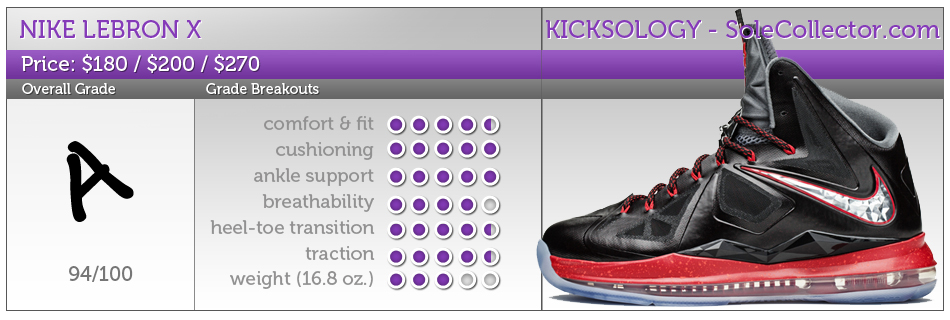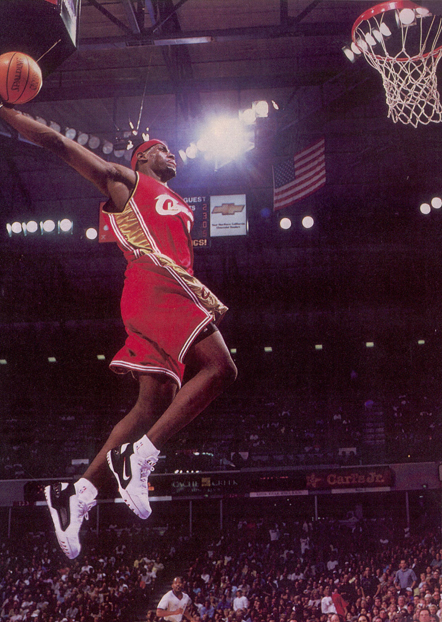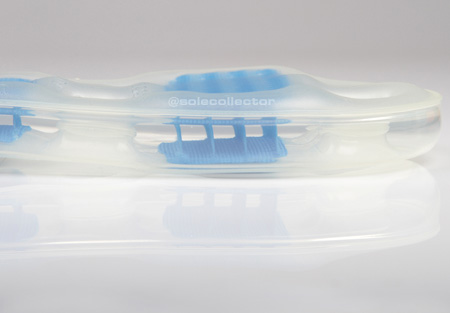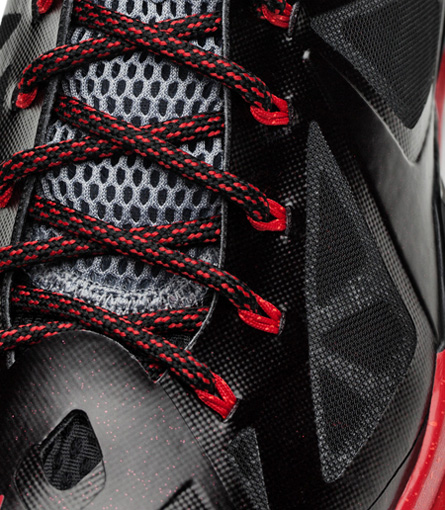
NIKE LEBRON X | FINESSING BEAST
words & images // Nick DePaula
I specifically remember every part of LeBron's very first NBA game. I was crunched into a small lounge chair, packed in my sweet 9 x 15-foot two-dude dorm room at the University of Oregon, watching along with three friends from my hall on my fatscreen 13-inch TV.
1.
2.

3.
4.
5.
6.
7.
8.
9.
10.
11.
12.
13.
14.
Above: An early round development version of Nike's Zoom 360 unit. More fibers, less support pillars.
15.
16.

17.
18.
19.
20.
21.
22.
Above: The final Zoom 360 unit used in the LeBron X.
23.
24.
25.
26.

